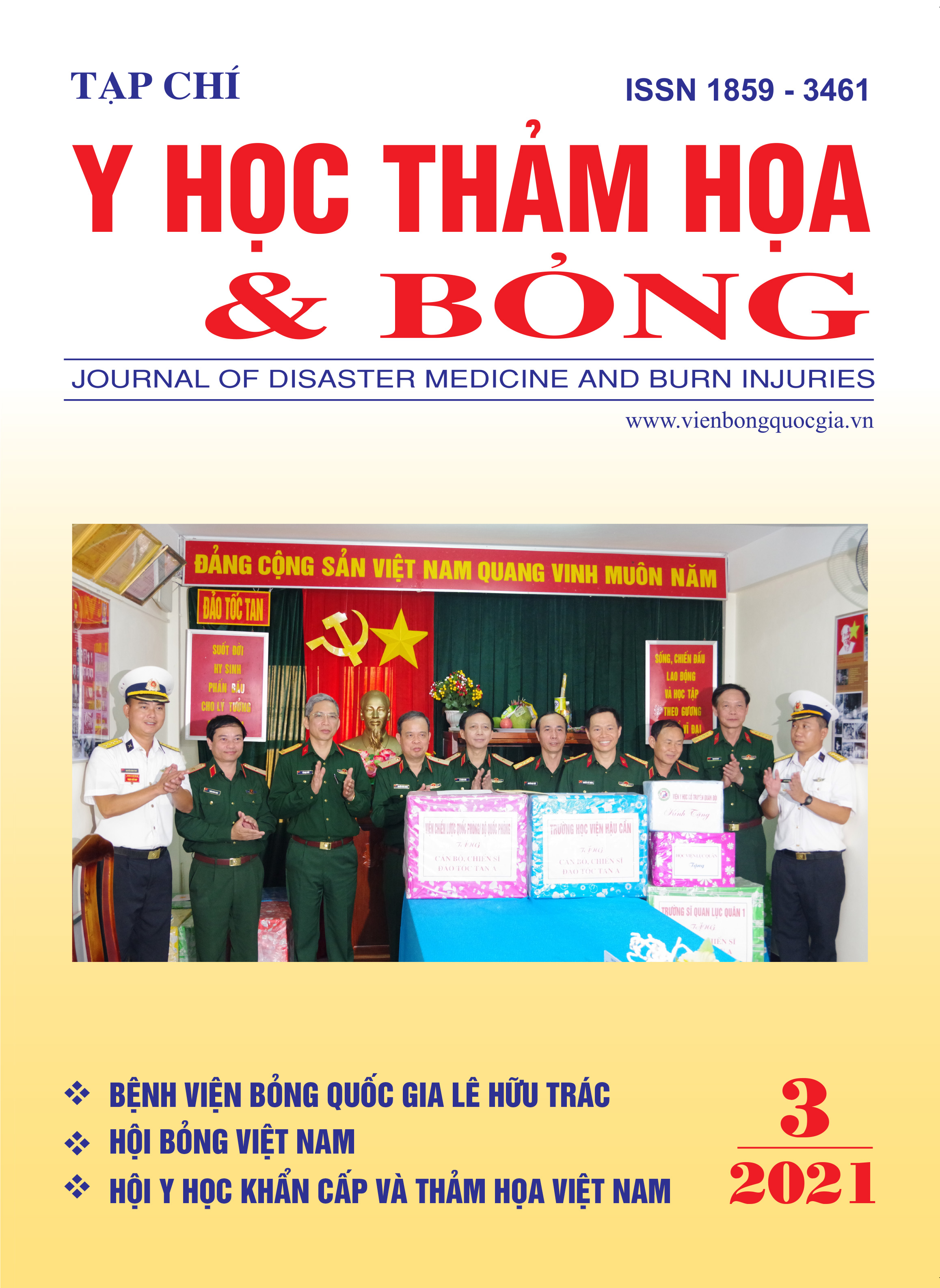In vitro and in vivo investigation of bacterial cellulose dressing containing uniform Silver Sulfadiazine nanoparticles for burn wound healing
Main Article Content
Abstract
Silver sulfadiazine (SSD) particles in homogeneous dispersion state were prepared by an ultrasonic method and then nano and microparticles were separated using centrifugation. SSD particles with narrow size distribution were impregnated with bacterial cellulose (BC) to produce BC-SSD composite membrane used as burn wound dressing. A scanning electron microscope (SEM) was used to examine the surface morphology of BC-SSD membranes. The incorporation of SSD in BC-SSD was confirmed by X-ray diffraction (XRD). Antimicrobial tests in vitro indicated that BC-SSD showed excellent antibacterial activity against Staphylococcus aureus, Pseudomonas aeruginosa and Escherichia coli. The effects of BC-SSD on burn wound healing were assessed by rat models. The comparative study confirmed that the wound treated with BC-SSD showed high healing rate. The bacteria count in BC-SSD group was far less than control group. Histological analysis showed that epithelialization progressed better in wound treated with BC-SSD. These values demonstrated that the BC-SSD composite membrane could be a promising wound dressing for burn.
Article Details
Keywords
Bacterial cellulose, Silver sulfadiazine, Antibacterial activity, Burn wound healing


